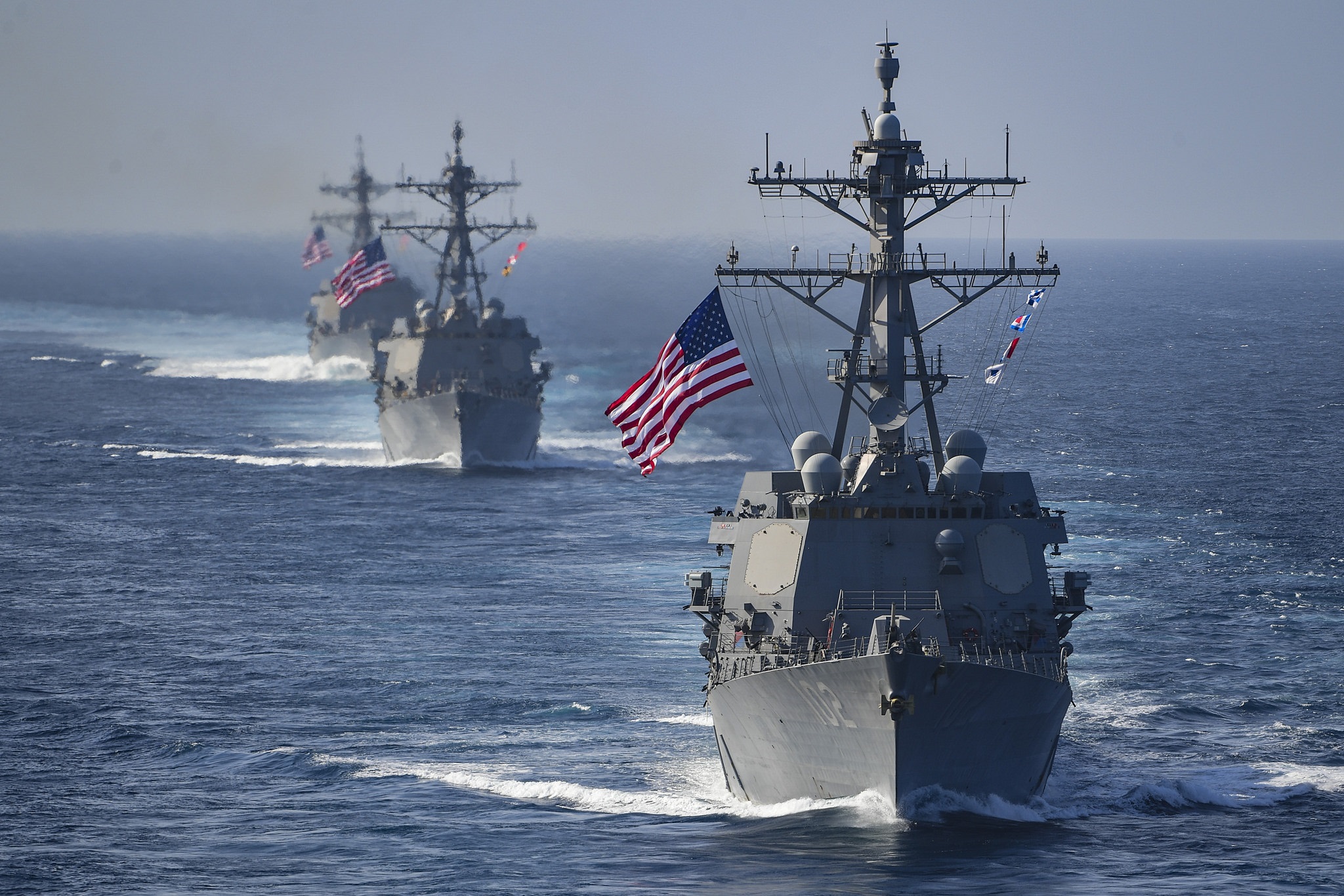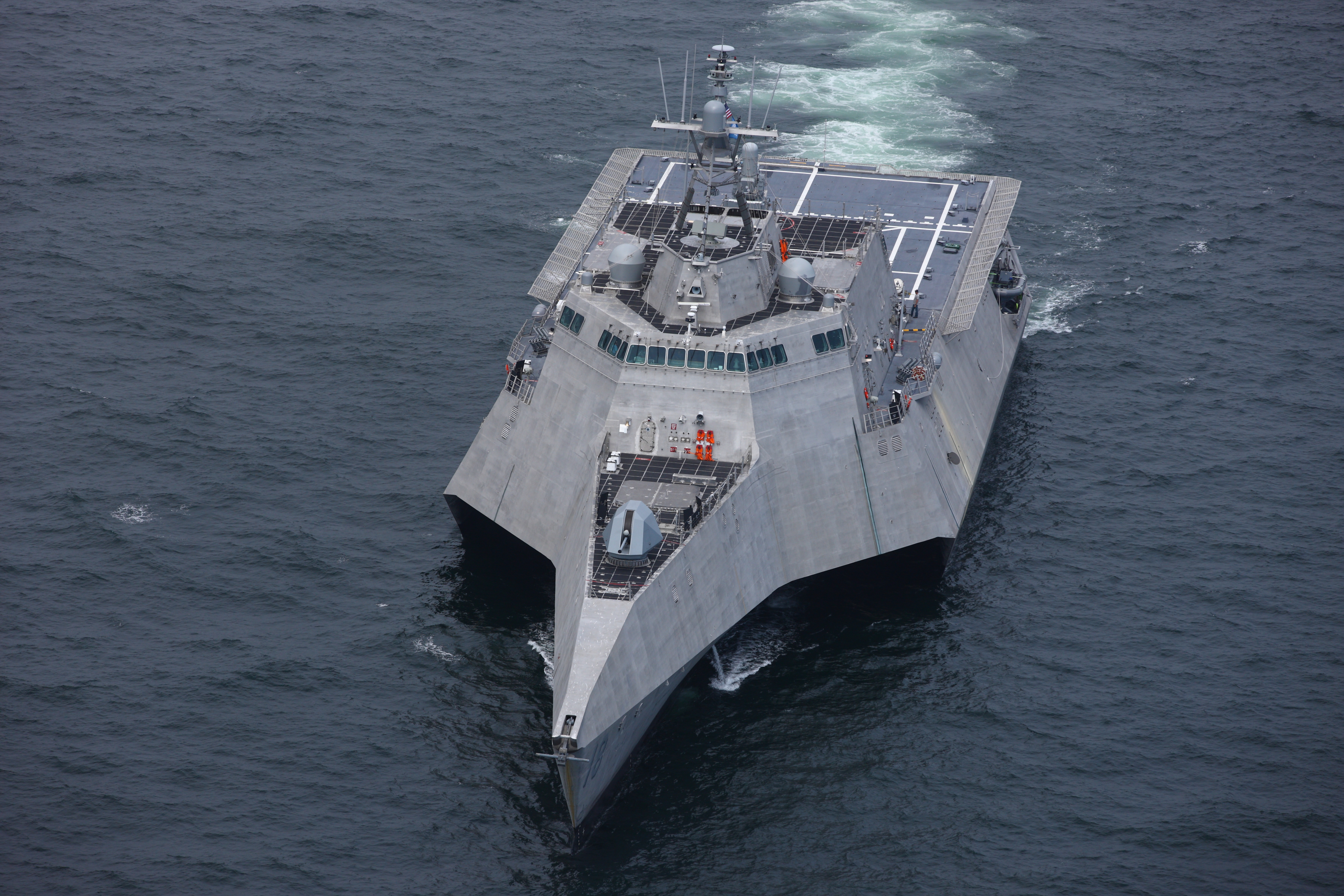
The USS Constitution, constructed at Edmund Hartt's shipyard in Boston, participated in a battle with the British vessel Guerriere on August 19, 1812, and emerged victorious after approximately one-half hour. Navy had 17 ships at this time, compared to the 600 ships of the British fleet. Naval Historical Center, # NH 42355įollowing the American Revolution, the British refused to withdraw from American territory along the Great Lakes and continued attacking American merchant ships, which led to the onset of the War of 1812. Naval shipyards, such as Philadelphia Naval Shipyard, Washington Navy Yard, Boston Naval Shipyard (Charlestown Navy Yard) and New York Navy Yard, sprung up around the turn of the century along important rivers and on the coastlines of major American cities to support increased ship production and to prepare existing ships for combat.īoston Naval Hospital, where a surgeon, nurse and corpsman examine a patient in Ward 6, Group 1, on June 2, 1919 By the end of 1798, the navy owned 14 completed vessels and had more under construction. On April 30, 1798, President John Adams signed a congressional act establishing the Department of the Navy. Photo from NPS Maritime Heritage Program collectionĪs tensions with France prompted greater public support for a strong navy, officials from the Department of War, the Department of Treasury and Congress pressed for the creation of a separate naval department solely responsible for naval affairs. The USS United States, the USS Constellation and the USS Constitution were launched in 1797. An agreement was reached early in 1796, prior to the ships' completion, yet Congress approved the finishing of three frigates. The congressional act stipulated that construction would cease if peace with Algiers was achieved. In order to safely explore new markets in which to conduct trade, Congress reestablished a national navy authorizing the construction of six new vessels on March 27, 1794.

Without armed ships or the protection of Great Britain, North African pirates frequently victimized American merchant vessels in the Mediterranean Sea during this time. Congress disbanded the Continental navy at the end of the Revolutionary War and the United States functioned without a navy until 1794. During the battle when asked by the British captain if he were prepared to surrender, Jones replied with the immortal words, "I have not yet begun to fight." In 1783, the signing of the Treaty of Paris provided the United States with independence from Britain, however, freedom at sea was yet to be accomplished. In a celebrated battle, Jones at the helm of the Bon Homme Richard engaged and defeated the British warship H.M.S. In 1779, an American naval squadron under the command of John Paul Jones took the fight to Great Britain. The size of the Continental navy peaked in 1777 with a total of 31 ships. The first American squadron was launched on February 18, 1776. The committee also drafted subsequent naval legislation and prepared rules and regulations to govern the organization. In addition, Congress established a naval committee responsible for purchasing, outfitting, manning and operating the first ships of the new navy. Congress voted to properly equip sailing vessels in order to prevent enemy vessels from bringing supplies to the British Army in America. In a letter read to Congress on October 13, 1775, General Washington notified them of his actions and urged them to form a navy. Massachusetts sailors on army duty manned these makeshift warships. While waiting for Congress to authorize a navy, George Washington took matters into his own hands by commanding three schooners to cruise off the coast of Massachusetts and intercept enemy supply lines. On October 3, 1775, the Continental Congress (the governing body consisting of delegates from each of the 13 American colonies, and later from the 13 states) received information about two unarmed English brigs, departing England bound for Quebec, which were carrying munitions for British troops. The British held superiority at sea prior to the formation of the Continental navy, threatening the disruption of colonial trade and the destruction of coastal settlements.

+Frigate.jpg)
In the absence of a national navy, the American colonies relied extensively on privateers (a private ship authorized by government to attack enemy ships) to harass British shipping. Photo courtesy of Battleship Cove, Created by Congress in April 1798, the Department of the Navy has its earliest roots in the Continental navy formed in 1775 by General George Washington to defend the American colonies from British attack.


 0 kommentar(er)
0 kommentar(er)
